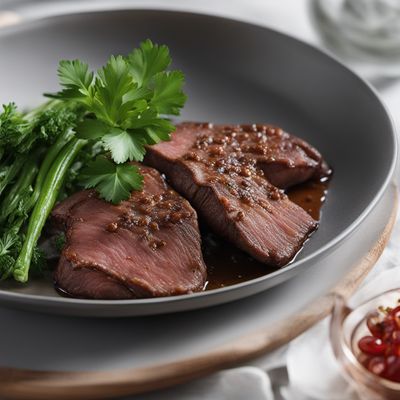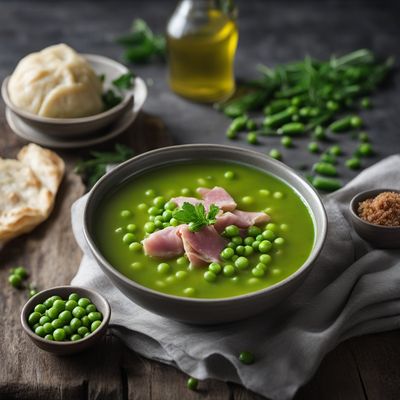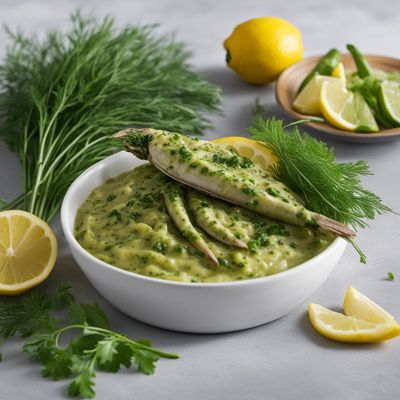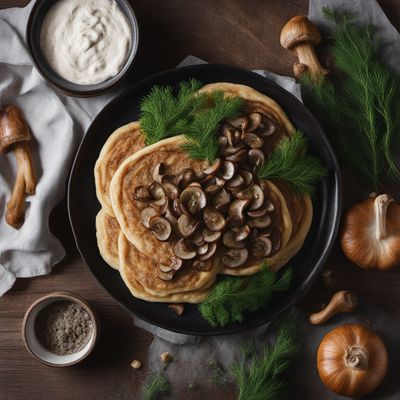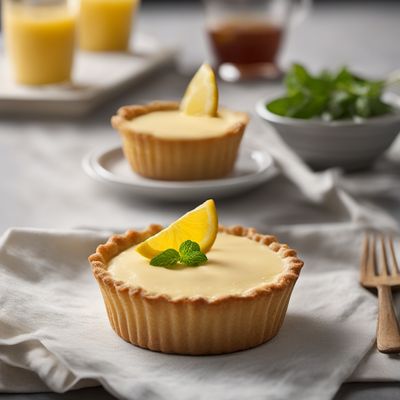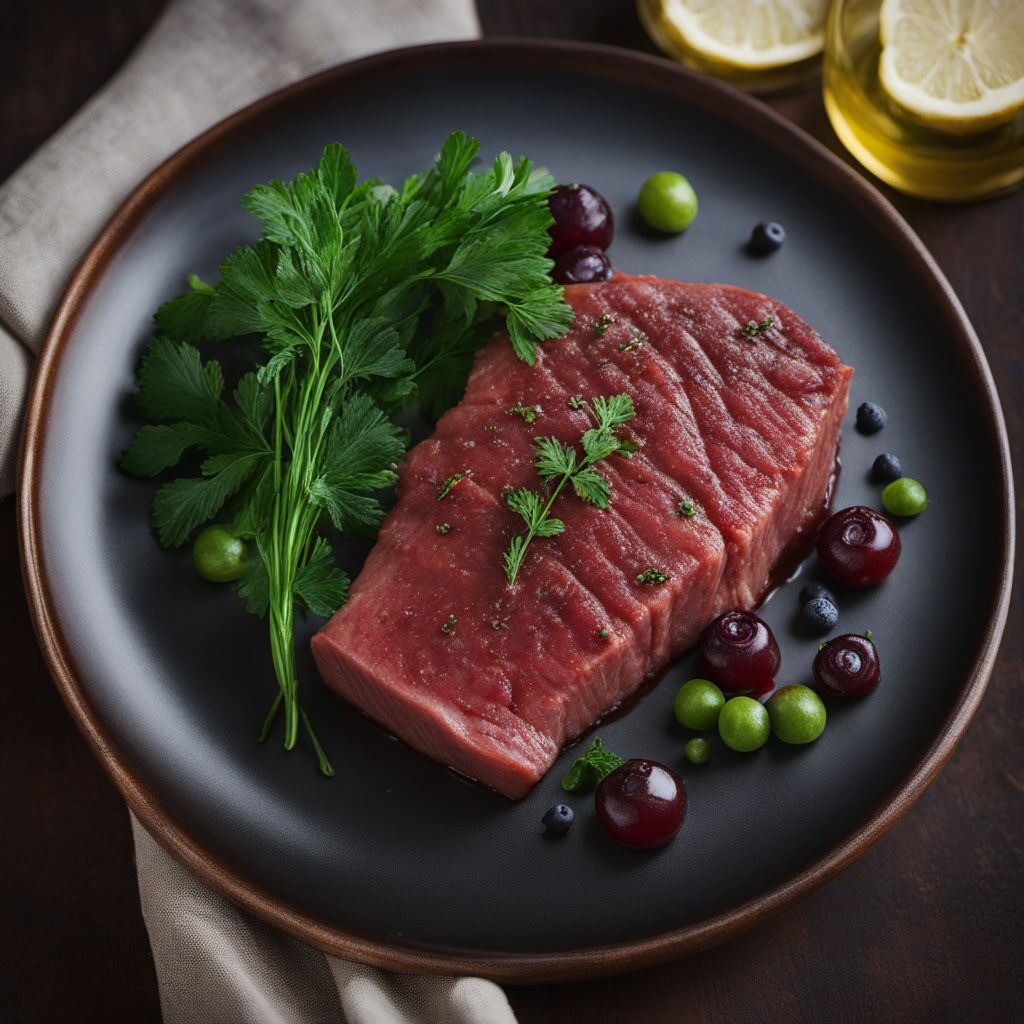
Recipe
Estonian-style Veal Liver
Sautéed Veal Liver with Estonian Flavors
4.5 out of 5
This Estonian-style veal liver recipe combines the rich and tender texture of veal liver with traditional Estonian flavors. It is a dish that showcases the simplicity and elegance of Estonian cuisine.
Metadata
Preparation time
15 minutes
Cooking time
10 minutes
Total time
25 minutes
Yields
4 servings
Preparation difficulty
Easy
Suitable for
Low carb, High protein, Gluten-free, Dairy-free, Nut-free
Allergens
Wheat (in the flour)
Not suitable for
Vegetarian, Vegan, Paleo, Keto, Halal
Ingredients
In this Estonian adaptation, the traditional German dish "Kalbsleber Berliner Art" is transformed into a flavorful Estonian-style veal liver. The original dish is typically served with sautéed onions and apples, while the Estonian version incorporates traditional Estonian spices and lingonberry sauce. The use of lingonberry sauce adds a tangy and slightly sweet element to the dish, which is characteristic of Estonian cuisine. Additionally, the original German dish often uses pork liver, but the Estonian version uses veal liver for a more delicate and tender texture. We alse have the original recipe for Kalbsleber Berliner Art, so you can check it out.
-
500g (1.1 lb) veal liver 500g (1.1 lb) veal liver
-
2 tablespoons all-purpose flour 2 tablespoons all-purpose flour
-
1 teaspoon salt 1 teaspoon salt
-
1/2 teaspoon black pepper 1/2 teaspoon black pepper
-
1/2 teaspoon paprika 1/2 teaspoon paprika
-
2 tablespoons butter 2 tablespoons butter
-
1 onion, thinly sliced 1 onion, thinly sliced
-
Lingonberry sauce, for serving Lingonberry sauce, for serving
-
Fresh parsley, for garnish Fresh parsley, for garnish
Nutrition
- Calories (kcal / KJ): 320 kcal / 1340 KJ
- Fat (total, saturated): 12g, 6g
- Carbohydrates (total, sugars): 12g, 2g
- Protein: 40g
- Fiber: 2g
- Salt: 1.5g
Preparation
-
1.Slice the veal liver into thin pieces.
-
2.In a shallow dish, combine the flour, salt, black pepper, and paprika.
-
3.Dredge the veal liver slices in the flour mixture, shaking off any excess.
-
4.In a large skillet, melt the butter over medium heat.
-
5.Add the thinly sliced onion to the skillet and cook until softened and lightly browned.
-
6.Push the onions to one side of the skillet and add the veal liver slices.
-
7.Cook the veal liver for 2-3 minutes on each side, or until browned and cooked to your desired level of doneness.
-
8.Remove the veal liver from the skillet and transfer to a serving platter.
-
9.Serve the sautéed veal liver with lingonberry sauce and garnish with fresh parsley.
Treat your ingredients with care...
- Veal liver — Make sure to slice the veal liver into thin pieces to ensure even cooking and a tender texture.
- Lingonberry sauce — If lingonberry sauce is not available, you can substitute it with cranberry sauce for a similar tangy flavor.
Tips & Tricks
- For a richer flavor, marinate the veal liver in a mixture of olive oil, garlic, and herbs for 30 minutes before cooking.
- Be careful not to overcook the veal liver, as it can become tough and dry.
- Serve the dish with a side of creamy mashed potatoes to complement the flavors.
Serving advice
Serve the Estonian-style veal liver hot, accompanied by lingonberry sauce. Garnish with fresh parsley for added freshness and color.
Presentation advice
Arrange the sautéed veal liver slices on a platter, drizzle with lingonberry sauce, and sprinkle with fresh parsley. Serve with a side of creamy mashed potatoes for a visually appealing presentation.
More recipes...
For Kalbsleber Berliner Art
For German cuisine » Browse all
More German cuisine dishes » Browse all
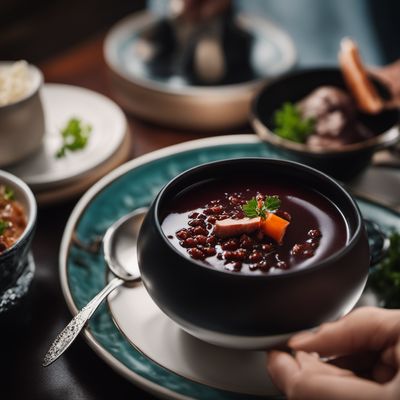
Schwarzsauer
Black soup made with pig's blood
Schwarzsauer is a traditional German soup made from pig's blood.

Schweinshaxe
Pork knuckle
Schweinshaxe is a traditional German dish, made with roasted pork knuckle, served with sauerkraut and potatoes.
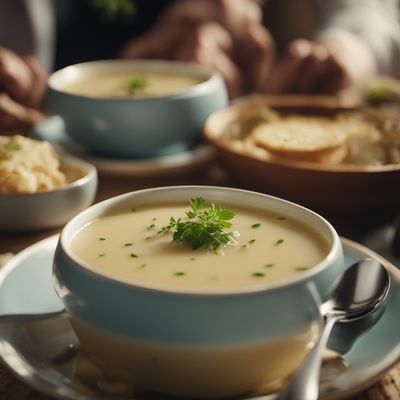
Badische Zwiebelsuppe
Baden onion soup
Badische Zwiebelsuppe is a traditional German onion soup that is hearty and flavorful. It is made with caramelized onions, beef broth, and topped...
More Estonian cuisine dishes » Browse all

Kiluvõileib
Sprat sandwich
Kiluvõileib is a traditional Estonian open-faced sandwich that is made with smoked sprats, bread, and a variety of toppings and condiments.
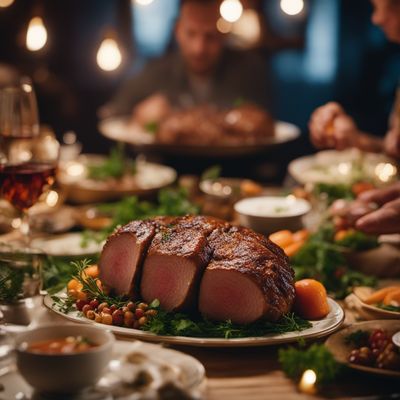
Sült
Estonian Pork Roast
Sült is a traditional Estonian dish made with pork and served cold.

Kohupiimakreem
Kohupiimakreem is a traditional Estonian dessert made with fresh cheese and whipped cream. It is a light and refreshing dessert that is perfect...
